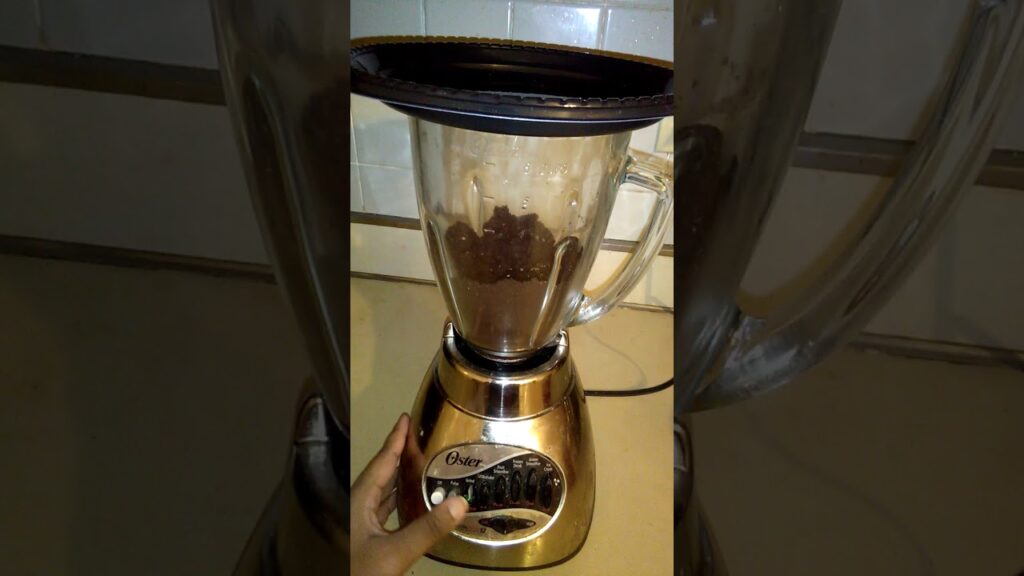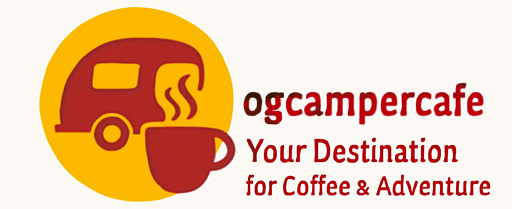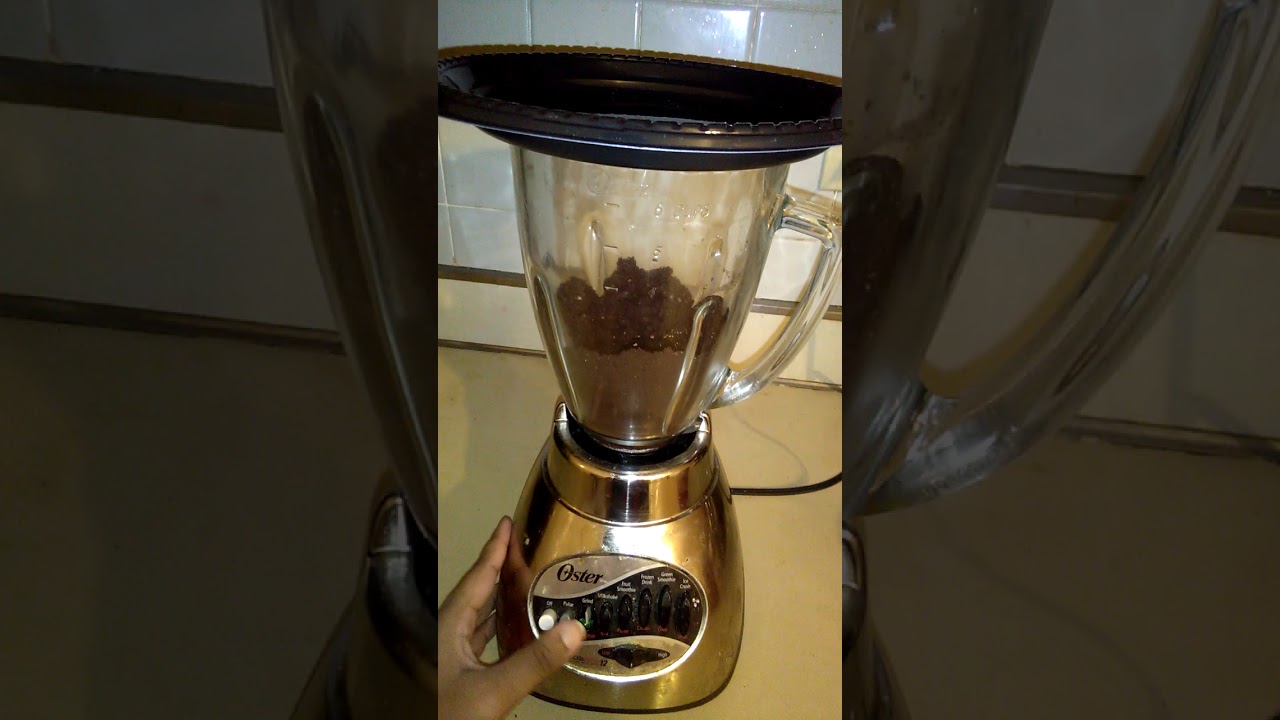
Can I Grind Coffee Beans in a Blender? The Definitive Guide
The aroma of freshly ground coffee, the ritual of brewing, the first sip – for many, it’s an essential part of the day. But what if you don’t have a dedicated coffee grinder? Can you still achieve that perfect cup? The question often arises: can I grind coffee beans in a blender? The answer, as with most things in the culinary world, is nuanced. While a blender isn’t the ideal tool, it can be a viable alternative, especially in a pinch. This comprehensive guide delves into the practicality, the pros and cons, and the best practices for grinding coffee beans in a blender.
Understanding the Grinding Process
Before we dive into the blender question, it’s crucial to understand why grinding coffee beans is so important. The grinding process unlocks the flavors and aromas trapped within the bean. When coffee beans are ground, they expose a larger surface area to the brewing water, allowing for optimal extraction of the desirable compounds. The fineness of the grind directly impacts the brewing process. Different brewing methods require different grind sizes:
- Coarse Grind: Best for French presses, cold brew, and percolators.
- Medium Grind: Suitable for drip coffee makers and pour-over methods.
- Fine Grind: Ideal for espresso machines and Moka pots.
Achieving the correct grind size is key to a delicious cup of coffee. Too coarse, and the coffee will be under-extracted, resulting in a weak and sour taste. Too fine, and the coffee will be over-extracted, leading to a bitter and astringent flavor. Therefore, understanding the grind size requirements for your chosen brewing method is paramount, regardless of whether you’re using a dedicated grinder or a blender.
The Blender vs. The Coffee Grinder: A Comparison
The primary difference between a coffee grinder and a blender lies in their design and intended purpose. Coffee grinders are specifically engineered to grind coffee beans, typically using burr grinders or blade grinders. Burr grinders offer a more consistent grind size, while blade grinders (like those often found in coffee grinders) are generally less expensive but can produce a less uniform grind.
Blenders, on the other hand, are designed for a broader range of tasks, such as blending fruits, vegetables, and making smoothies. They typically use blades that rotate at high speeds to chop and pulverize ingredients. While this can be effective for some food preparation tasks, it presents challenges when grinding coffee beans.
So, can I grind coffee beans in a blender effectively? The answer is yes, but with caveats. Blenders, particularly those with high-powered motors, can grind coffee beans. However, the results may not be as consistent as those achieved with a dedicated coffee grinder. The blades of a blender tend to chop the beans unevenly, leading to a mix of fine and coarse particles. This inconsistent grind can negatively affect the flavor of your coffee.
Pros and Cons of Using a Blender for Grinding Coffee Beans
Pros:
- Accessibility: Blenders are readily available in most kitchens, making them a convenient option if you don’t own a coffee grinder.
- Cost-Effective (Initially): If you already own a blender, using it to grind coffee beans is a cost-free solution.
- Speed: Blenders can grind beans relatively quickly.
Cons:
- Inconsistent Grind Size: The primary drawback is the uneven grind, which can lead to an unbalanced extraction and a less flavorful cup of coffee.
- Potential for Overheating: Blenders can generate heat during the grinding process, which can impact the flavor of the coffee.
- Difficult to Control Grind Size: It can be challenging to achieve the desired grind size consistently.
- Messy: Grinding coffee beans in a blender can be a messy process, with coffee grounds potentially escaping the blender.
- Durability: Repeatedly grinding hard coffee beans can potentially dull the blender blades over time.
How to Grind Coffee Beans in a Blender: Step-by-Step Guide
If you’ve decided to try grinding coffee beans in a blender, here’s a step-by-step guide to help you achieve the best possible results:
- Gather Your Supplies: You’ll need whole coffee beans, a blender, and a measuring cup or scale.
- Measure the Beans: Start with a small amount of beans, about 1/4 cup. Overfilling the blender will make it difficult to grind evenly.
- Pulse, Don’t Blend Continuously: Use the pulse function on your blender. Pulse the blender for a few seconds at a time, checking the grind size frequently. Avoid running the blender continuously, as this can overheat the beans and lead to an uneven grind.
- Check the Grind Size: After each pulse, open the blender and check the consistency of the grind. Adjust the pulsing time based on your desired grind size. For a coarser grind, pulse for shorter intervals. For a finer grind, pulse for slightly longer intervals.
- Cool Down If Necessary: If the blender starts to feel warm, let it cool down before continuing. Overheating can alter the coffee’s flavor.
- Transfer the Grounds: Once you achieve your desired grind size, carefully transfer the grounds to a container.
- Brew Your Coffee: Use the freshly ground coffee to brew your preferred method.
Remember, experimenting with different pulse times and bean quantities will help you find the optimal settings for your blender and preferred brewing method. The key is to be patient and monitor the grind size closely.
Tips and Tricks for Grinding Coffee Beans in a Blender
- Use a High-Powered Blender: A blender with a strong motor will generally perform better than a low-powered one.
- Start with Fresh Beans: Freshly roasted coffee beans will produce the best flavor, regardless of the grinding method.
- Grind in Small Batches: Grinding small batches at a time will help ensure a more consistent grind.
- Don’t Overfill the Blender: Overfilling the blender will prevent the beans from grinding evenly.
- Clean Your Blender Thoroughly: After grinding coffee beans, clean your blender thoroughly to remove any coffee grounds.
- Consider a Burr Grinder: If you frequently grind coffee beans, investing in a dedicated burr grinder is highly recommended for consistent results.
Alternatives to Grinding in a Blender
While a blender can be used to grind coffee beans, it’s not the only alternative to a dedicated coffee grinder. Here are a few other options:
- Blade Coffee Grinder: These are relatively inexpensive and can provide a more consistent grind than a blender, although they still lack the precision of a burr grinder.
- Mortar and Pestle: This manual method requires some effort but can produce a surprisingly good grind, especially for small batches.
- Pre-Ground Coffee: If convenience is a priority, you can purchase pre-ground coffee. However, keep in mind that pre-ground coffee loses its freshness and flavor more quickly than whole beans.
- Manual Burr Grinder: A manual burr grinder offers excellent grind consistency and is a good option for those who want a quality grind without the cost of an electric model.
The best option for you will depend on your budget, your brewing method, and your desired level of coffee quality.
Can I Grind Coffee Beans in a Blender for Espresso?
The short answer is: it’s not ideal, but it’s possible. Espresso requires a very fine and consistent grind. A blender, with its tendency to produce an uneven grind, struggles to achieve the necessary fineness and consistency for espresso. The resulting espresso may lack the crema, body, and balanced flavor profile that you expect.
However, if you are in a pinch and have no other options, you *can* attempt to grind coffee beans in a blender for espresso. You will need to pulse the blender in very short bursts and carefully monitor the grind size. You’ll likely need to experiment to find the sweet spot. Be prepared for potentially less-than-ideal results, but it’s feasible if you have no other choice. A dedicated espresso grinder is highly recommended for optimal results.
Conclusion: The Verdict on Grinding Coffee Beans in a Blender
So, can I grind coffee beans in a blender? Yes, you can. It’s a viable option in a pinch, particularly if you don’t own a dedicated coffee grinder. However, it’s not the best method for achieving a consistently high-quality grind. The inconsistent grind size, potential for overheating, and difficulty in controlling the fineness are significant drawbacks. If you’re a serious coffee enthusiast, investing in a dedicated burr grinder is highly recommended for optimal flavor and consistency.
If you’re just starting out and experimenting with different brewing methods, or if you only occasionally grind coffee, a blender can suffice. Just be prepared to experiment and adjust your brewing process to compensate for the uneven grind. Ultimately, the best method for grinding coffee beans depends on your individual needs, budget, and desired level of coffee quality. Consider your options, weigh the pros and cons, and choose the method that best suits your needs.
Remember, the journey to a perfect cup of coffee is often filled with experimentation and learning. Whether you choose to use a blender, a dedicated grinder, or another method, the most important thing is to enjoy the process and savor the delicious results. Whether you’re a seasoned barista or a casual coffee drinker, understanding the nuances of grinding is a key element in elevating your coffee experience. The question “can I grind coffee beans in a blender?” leads to a deeper understanding of what makes a great cup of coffee.
[See also: How to Clean Your Coffee Maker, The Best Coffee Beans for French Press, Coffee Grind Size Chart, How to Make Cold Brew at Home]


